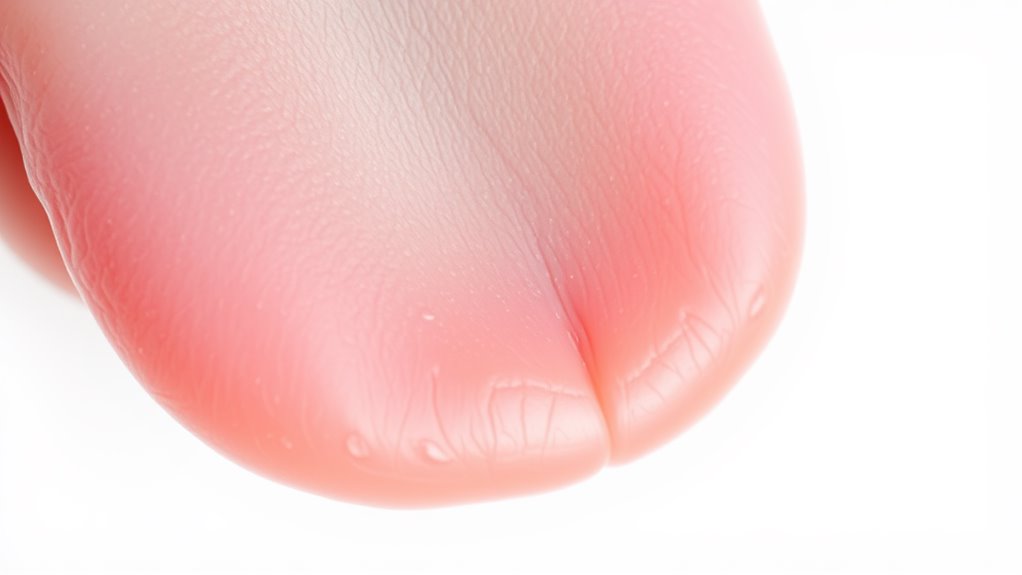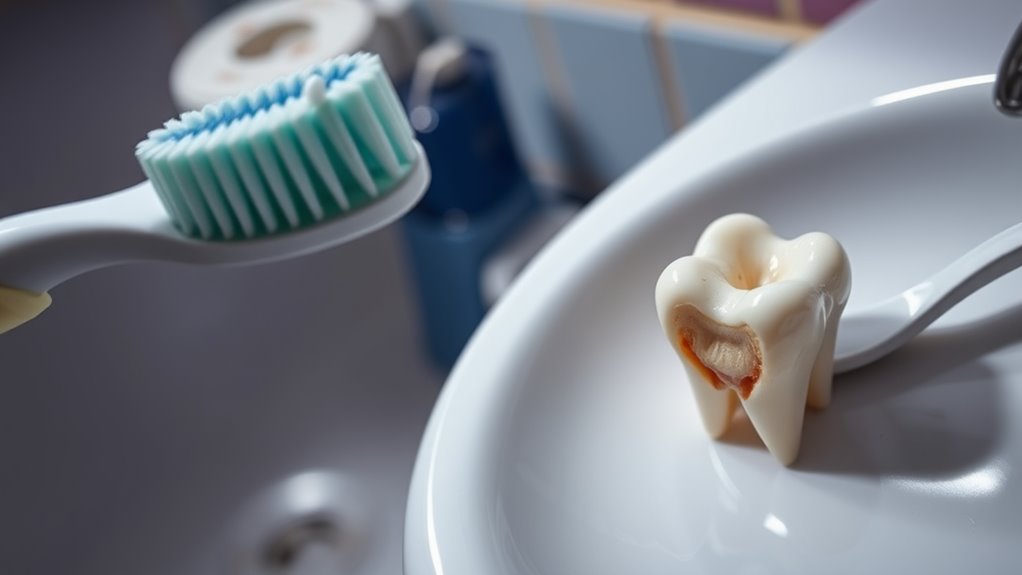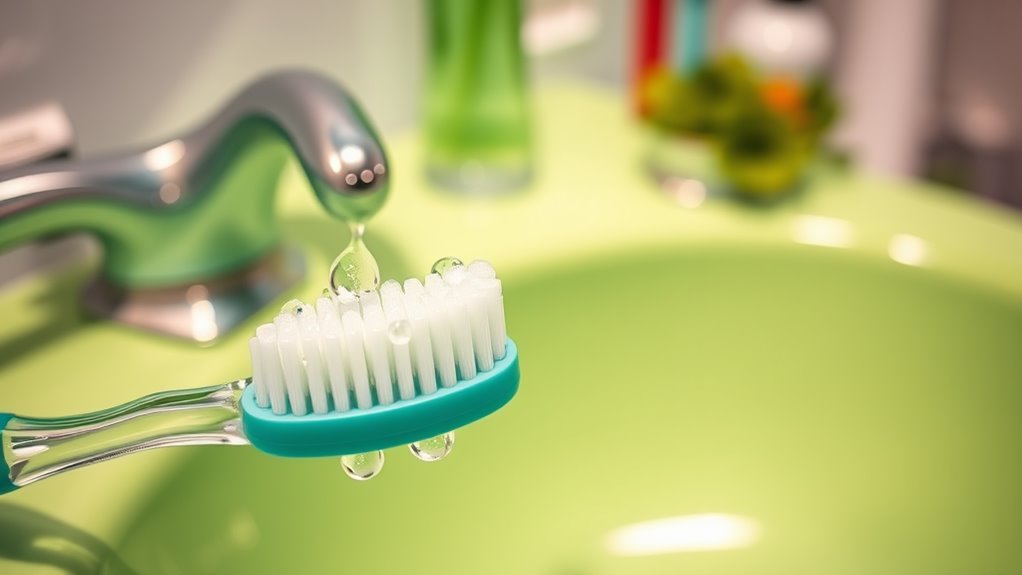What Your Tongue Says About Your Oral Health
Key Takeaways
- A healthy tongue is pink; changes in color can indicate infections or health deficiencies that need attention.
- Texture changes, like smoothness or bumps, can signal dehydration or inflammation, affecting overall oral health.
- A coated tongue can result from poor hygiene, dehydration, or infections like thrush, necessitating improved oral care.
- Pain or soreness on the tongue may point to infections, allergies, or trauma, requiring professional evaluation if persistent.
- Regular tongue cleaning and hydration, along with a nutritious diet, are essential for maintaining optimal tongue and oral health.
The Color of Your Tongue: What It Reveals
Have you ever looked in the mirror and noticed the color of your tongue?
The hue can indicate various aspects of tongue health. A healthy tongue is typically pink, while colors like white, yellow, or red might signal issues such as infections or deficiencies.
Monitoring your tongue’s color can help you identify potential health concerns early, promoting better overall well-being.
Texture Changes: Smooth or Bumpy?
While many people focus on the color of their tongue, texture changes can also reveal important insights about your oral health.
A smooth tongue might indicate dehydration or vitamin deficiencies, while a bumpy texture could suggest inflammation or irritations.
Pay attention to these changes; recognizing them early allows you to address potential health issues before they escalate.
Your tongue’s texture matters.
Coated Tongue: Understanding the Causes
A coated tongue can arise from various factors, often signaling underlying health issues that warrant attention.
Poor oral hygiene, dehydration, or infections like oral thrush can lead to this condition.
Certain medications and smoking may also contribute.
Monitoring your tongue’s appearance can help you identify potential health concerns, so don’t hesitate to consult a healthcare professional if you notice persistent changes.
Cracks and Fissures: Signs of Dehydration or Nutritional Deficiency
Cracks and fissures on your tongue can often indicate dehydration or nutritional deficiencies that need your attention.
These signs may signal insufficient fluid intake or a lack of essential vitamins and minerals, particularly B vitamins and iron.
To promote oral health, guarantee you stay well-hydrated and maintain a balanced diet rich in nutrients. Additionally, ensure you are getting adequate vitamin D in your diet, as it plays a crucial role in maintaining strong teeth and overall oral health.
If the condition persists, consider consulting a healthcare professional.
Painful or Sore Tongue: Possible Health Concerns
If you’re experiencing pain or soreness in your tongue, it could signal underlying health issues.
Various causes, ranging from nutritional deficiencies to infections, may be at play.
Recognizing when to seek professional help is essential for your overall oral health.
Causes of Tongue Pain
Tongue pain can arise from a variety of causes, each indicating different underlying health concerns.
You might experience discomfort due to:
- Oral infections such as thrush
- Nutritional deficiencies, especially vitamin B12
- Allergic reactions to food or dental products
- Physical trauma from bites or burns
Identifying the cause can help you manage your symptoms more effectively and improve your overall oral health.
When to Seek Help
Have you ever experienced persistent soreness or pain in your mouth that just won’t go away? If so, it could be a sign of underlying health issues. When these symptoms last more than two weeks or worsen, it’s time to seek professional help. Below is a quick reference guide on potential health concerns associated with a painful tongue.
| Symptoms | Potential Concerns |
|---|---|
| Persistent soreness | Oral infection |
| Changes in color | Nutritional deficiencies |
| Swelling | Allergic reactions |
| Cracks or lesions | Autoimmune disorders |
Taste Buds and What They Indicate
While many people associate taste buds solely with the sensation of flavor, they actually offer insights into overall health as well.
Changes in your taste buds can indicate various conditions, such as:
- Nutritional deficiencies
- Oral infections
- Systemic illnesses
- Allergic reactions
Being aware of these signals allows you to address potential issues promptly and seek professional guidance when necessary.
Maintaining a Healthy Tongue: Tips for Oral Hygiene
To maintain a healthy tongue, it’s crucial to establish a daily cleaning routine that fits into your oral hygiene practices.
Your diet also plays a significant role in the health of your tongue, influencing its appearance and function.
Finally, being aware of any changes in your tongue can help you identify potential health issues early on.
Daily Tongue Cleaning Routine
Maintaining a daily tongue cleaning routine is essential for ideal oral health, as it helps eliminate bacteria and food particles that can contribute to bad breath and plaque buildup.
To effectively incorporate this practice, consider the following tips:
- Use a tongue scraper or soft toothbrush.
- Clean your tongue in the morning.
- Rinse your mouth afterward.
- Replace your tongue cleaner regularly.
Diet’s Impact on Tongue
Have you ever considered how your diet directly influences the health of your tongue?
Foods rich in vitamins and minerals, like fruits and vegetables, can promote a healthy tongue. Conversely, sugary and acidic foods may lead to irritation or inflammation.
Staying hydrated is equally important, as it helps prevent dryness. A balanced diet supports overall oral hygiene and maintains your tongue’s appearance and functionality.
Recognizing Tongue Changes
How can you tell if your tongue is sending you signals about your oral health? Pay attention to these changes:
-
Color variations, such as white, red, or black
-
Texture differences, including bumps or smoothness
-
Persistent bad breath
-
Pain or discomfort
Recognizing these signs early can help you address potential issues and maintain a healthy tongue.
Regular check-ups with your dentist are essential too.




